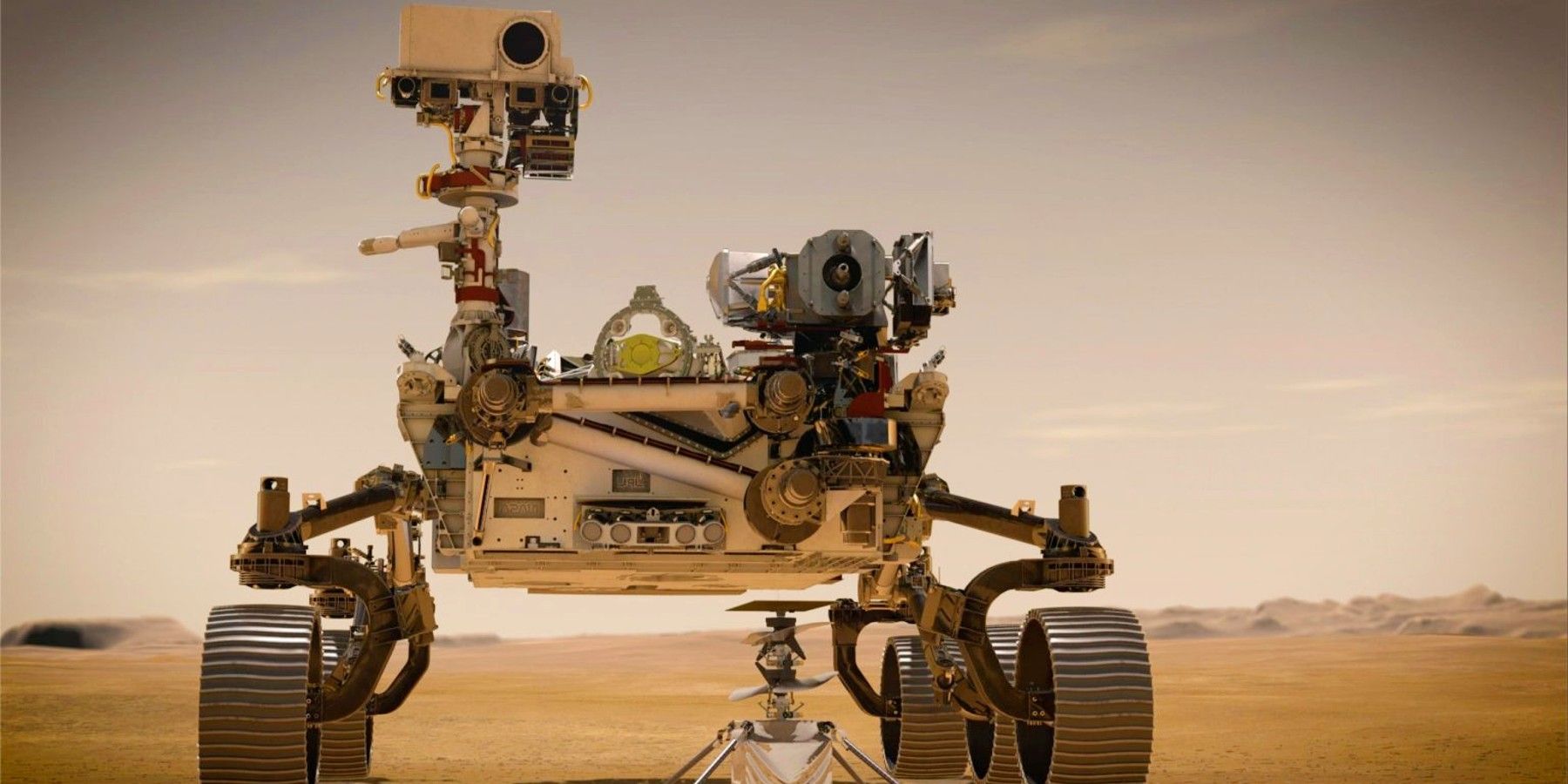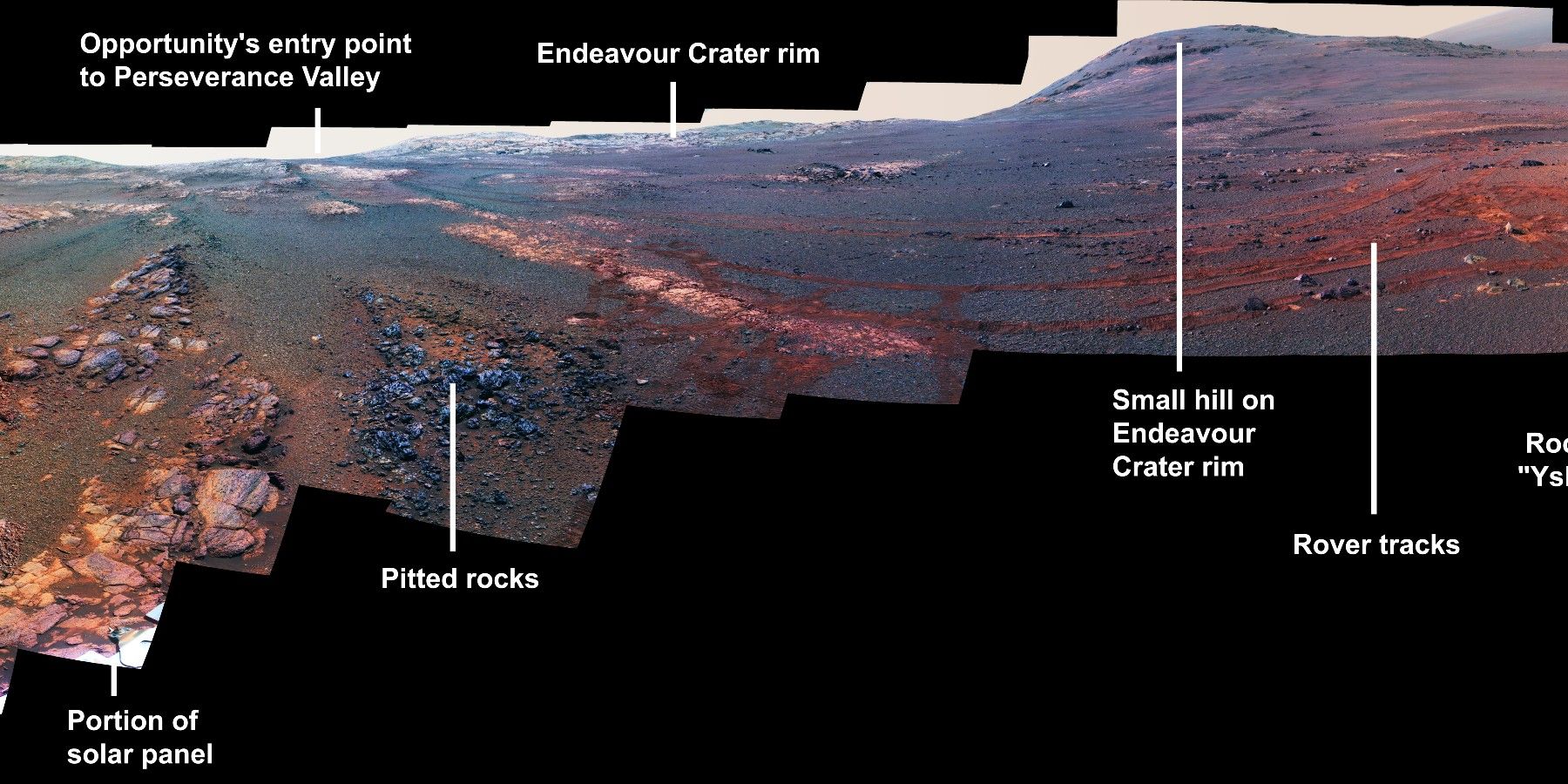How would everyone like to work with NASA to find life on Mars? NASA and HeroX launched a new challenge inviting the public to do just that. HeroX has several NASA crowdsourcing projects where people can pitch in. Projects range from finding innovative solutions to voyages to Mars to creating food systems for astronauts or energy solutions for the Moonbase.
NASA is known for breaking ground in almost every field, from space flight to technology and human solutions. But little is known about the invisible army of geniuses that have come up with many of the ideas in use today. NASA leverages crowdsourcing as a way to find ideas that think outside the box. As a result, hundreds of NASA challenges have been completed successfully. Good ideas can come from anywhere.
To answer the big Mars-life question that has haunted space exploration since it started and before, NASA is turning to the public with a new challenge. The participants need to develop an innovative solution for a problem NASA has. Mars rovers, Curiosity and Perseverance, are sending back massive amounts of information. But the data needs to be processed fast for the rover to have a chance to find life or evidence that life once existed on the Red Planet.
Think AI, Think “Out Of This World”
Imagine operating a rover on Mars, 500 million miles from Earth, say Perseverance. Suddenly the initial results of a sample or the visuals of the surrounding environment are in. Then large amounts of data begin cascading and downloading. The person will have only a limited time frame before the short window of opportunity to send a command to the rover fades away. What should the rover do? Should it gather another sample? Should it stay in the location? Should it go for that hill that looks strangely interesting? That is the problem NASA has. They are getting too much data and have little time to make decisions.
Making the right decision at the right time could be the difference between finding life on Mars and fascinating discoveries or finding just more rocks and sands (though these are interesting too). Maybe if someone had directed the rover to dig three inches on that dry lake basin, it might have stumbled upon sulfur, methane, or other chemical tale signs. It may have even missed carbon molecules.
NASA wants a rapid analysis solution to make “chemical complex interferences,” In other words, the solution needs to process the data fast, give a complete picture revealing what’s there, and suggest decisions. This sounds like something only machine learning or artificial intelligence can do. NASA says that the system that wins could one day find itself on a new rover, on another planet. The prize for the winner is $15,000, but everyone knows that’s not the reward. The award is to find life out of this world.
Source: HeroX/NASA


